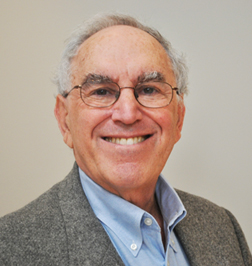1,2Darren M. Roffey PhD; 1Simon Dagenais DC, PhD, MSc; 3Ted Findlay DO, CCFP; 4,5Travis E. Marion MD, MSc; 6Greg McIntosh MSc; 1,2,4,5Eugene K. Wai MD, MSc, FRCSC
1University of Ottawa Spine Program, The Ottawa Hospital, Ottawa, ON, 2Clinical Epidemiology Program, Ottawa Hospital Research Institute, Ottawa, ON,
3Department of Family Medicine, University of Calgary, Calgary, AB, 4Division of Orthopaedic Surgery, The Ottawa Hospital, Ottawa, ON, 5Department of Surgery, Faculty of Medicine, University of Ottawa, ON, 6CBI Health Group, Toronto, ON,
Abstract
Recognizing that the increasing incidence of obesity coincides with the rising prevalence of LBP, there is growing interest in establishing the relationship between over-weight and back pain. It is likely that any association is multi-factorial and that the connection is not as mechanistically simple as previously believed. Systemic inflammation associated with obesity may be an important contributor. Proposed treatment options vary from cognitive behavioural therapy to bariatric surgery with none yet fully proven. Despite the ambiguity, it appears prudent for primary care providers treating obese patients with LBP to recommend weight loss and exercise.
Key Words: Obesity, low back pain, inflammation, intervertebral disc, multi-factorial, causality, association.

 Michael Gordon, MD, MSc, FRCPC, Medical Program Director, Palliative Care, Baycrest Geriatric Health Care System, Professor of Medicine, University of Toronto, Toronto, ON.
Michael Gordon, MD, MSc, FRCPC, Medical Program Director, Palliative Care, Baycrest Geriatric Health Care System, Professor of Medicine, University of Toronto, Toronto, ON.